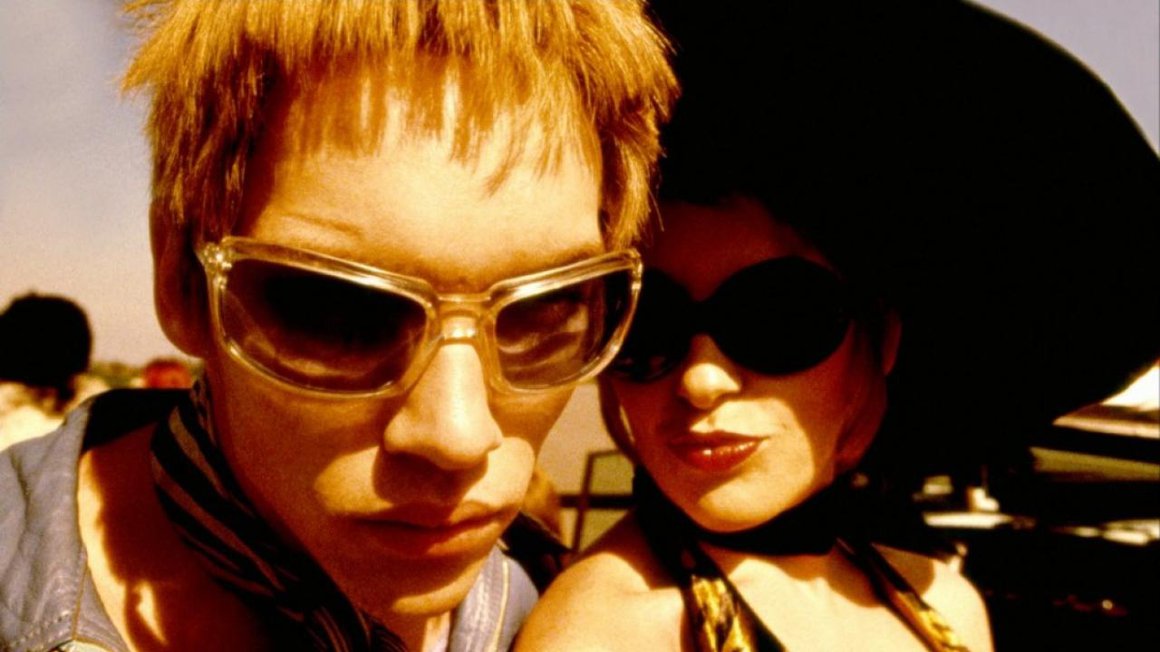
One of the greatest parts about being a film fan is that with film you fall in love with, there are ten more just waiting to be found. Considering films have been made since the beginning of the 1900s, there’s bound to be more than a few that will go unnoticed, but absolutely deserve your attention.
The following films listed may certainly have their fair share of admirers, but not nearly enough, and for these films that fact is criminal. Since this list is not ranked in quality, the films will be listed in chronological order based on the year they were released. Hopefully this will introduce you to some new discoveries, and possibly a few new favorites.
Love them or hate them, they are all significant in their contributions to the art of filmmaking, and remain underrated must-sees.
1. Performance (Dir. Nic Roeg, 1970)
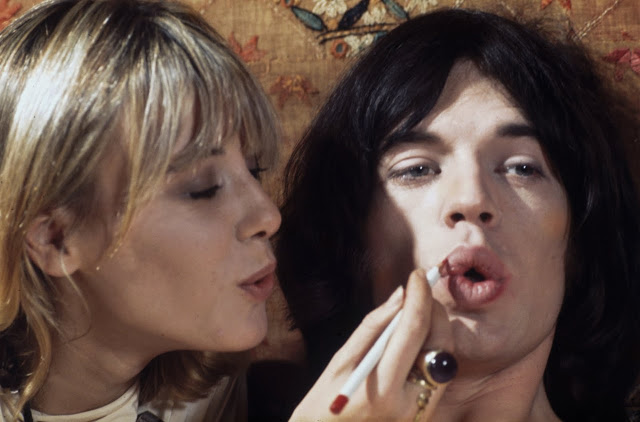
With films like Walkabout, Don’t Look Now, and The Witches, Nic Roeg has had quite a diverse but masterful style throughout his career. But it is Performance that remains his strangest, most hallucinogenic head trips. Playing out like a potent acid trip in a cloud of marijuana smoke, the film doesn’t adhere to any grounded logic but remains riveting as a work of pop art in motion, while doubling as a product very much of its time.
Featuring such icons as Mick Jagger, James Fox, and Anita Pallenberg, Performance is a sex and drug filled rock fantasy. Largely misunderstood and disregarded initially, and controversial for its rather explicit and inexplicable material, the film is now looked at as a groundbreaking and highly innovative work. With Roeg shattering expectations and throwing conventionality and rules of narrative structure out the window.
Featuring what many consider the first music video, psychedelic visuals and editing, while creating its own visual language along the way, there’s nothing else quite like it. Anyone demanding any sense of coherence in their storytelling be damned, as this is frequently bizarre, and obviously the result of various illegal substances. Anyone in search of a phantasmagorical fever dream disguised as a crime thriller, will find much to dissect and decipher within this time capsule. Or possibly nothing at all. It’s as baffling as it is fascinating.
2. Looking For Mr. Goodbar (Dir. Richard Brooks, 1977)
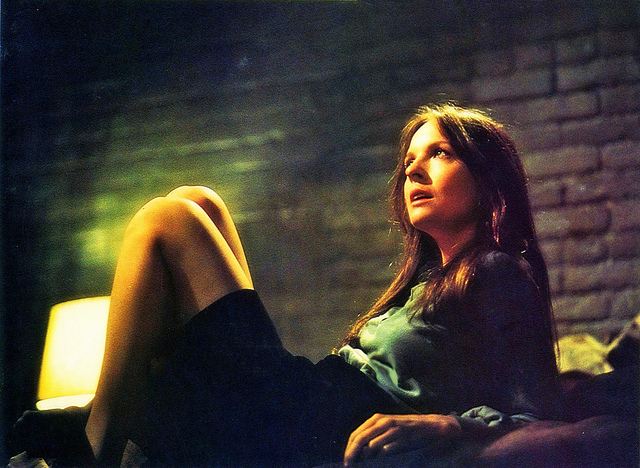
Diane Keaton may have won the Best Actress Oscar for her iconic role in Annie Hall, but it was in that same year she delivered possibly her greatest and riskiest performance to date in Looking For Mr. Goodbar . Keaton is brilliant as a lonely school teacher who engages in various sexual encounters with the random men she meets at the bars she frequents. Even if she’s fully aware that many of them may not be the safest of individuals, with each encounter becoming riskier than the last.
Mr. Goodbar is a bleak but masterful character study and unsparing slice-of-life. A stark, uncompromising, and shockingly grim portrait of loneliness, desperation, and self-destruction. The fact that the film is inspired by a true story, and according to reports quite accurately at that, only brings an added layer of dread and sadness to the proceedings. Deliberately paced but never boring, the film at times seems like it may not be leading to anything of significance. But you’d be wrong. Without going into details, it should be said that the ending sequence is one of the most chilling and horrifying ever put to screen.
In mere moments the film leaves one in a state of genuine shock and disbelief. Even in this day and age where most cinephiles are generally desensitized, the film has not lost any of its harrowing power. It’s a daring, if sadly inevitable, conclusion, that almost feels unfair. Until you realize that is exactly the point.
Unfortunately, the film has been largely forgotten about, you’d be hard pressed to find a dvd copy, and a bluray doesn’t yet exist. It remains a defining film of the late seventies both as a feminist statement and a cautionary tale. Looking For Mr. Goodbar remains an undiscovered gem from the era, and will leave even the most jaded viewer completely shaken. And again, Keaton bares her all here, in an uncommonly brave and raw performance, she carries the film and then leaves you gutted.
3. Sorcerer (Dir. William Friedkin, 1977)
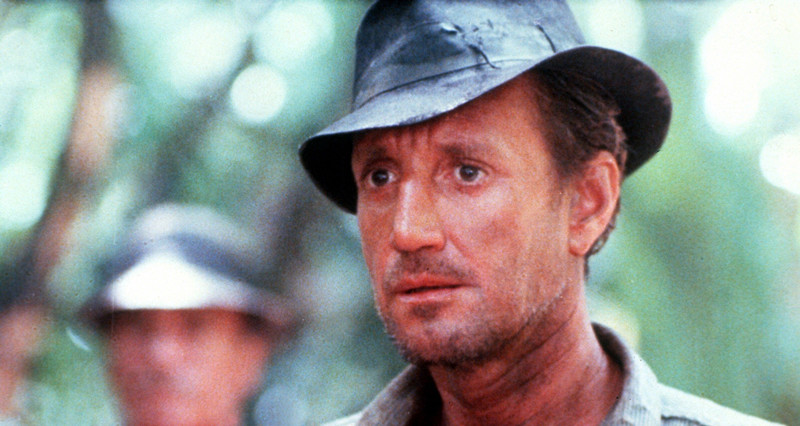
William Friedkin’s follow up to the elemental horror classic The Exorcist was practically destined to go without notice, if only because it was released in the same Summer as George Lucas’ Star Wars: A New Hope. The last thing people cared about was an obscure remake of a foreign film made in 1953. Sorcerer is everything a remake should be, however.
Using the original film as nothing more than a foundation to build something entirely different and original, while still respecting the source material. And Friedkin does just that in fully re-imagining Henri-Georges Clouzet’s classic, The Wages of Fear, by putting his own spin on the material, but still retaining the original film’s breathless suspense. And man, is this film one of the most suspenseful films ever made, featuring some of the finest and most atmospheric direction of Friedkin’s entire career.
A disparate group of men, all with something to hide, are hired to transport highly explosive nitroglycerin without having the proper transport to do it safely. Any wrong move, or even the slightest shift in movement, could lead to instant disaster and death. Friedman uses this premise masterfully to orchestrate some of the most intense and overwhelming set-pieces ever filmed.
Especially an extended sequence involving an old, rickety, suspended bridge over rushing rapids, a large truck, and a torrential downpour of rain. It’s pure adrenaline and lip-chewing intensity that makes one ask ‘how in the hell did they pull this off?’. It’s a show-stopping set piece that fries the nerves.
Friedkin pushes the narrative further into the hallucinatory edges of man vs nature and fate, leading to an ending that is thought provoking and somewhat ambiguous. Roy Scheider is fantastic as always and leads a compelling cast through the unpredictable terrain, filled with pulse-pounding danger and seemingly impossible obstacles. It’s an exciting thrill ride that does not once loosen its vice like grip. They certainly do not make them like Sorcerer anymore, it’s as much of a classic as the film in which it’s based. And arguably even better.
4. Christiane F. (Dir. Uli Edel, 1981)
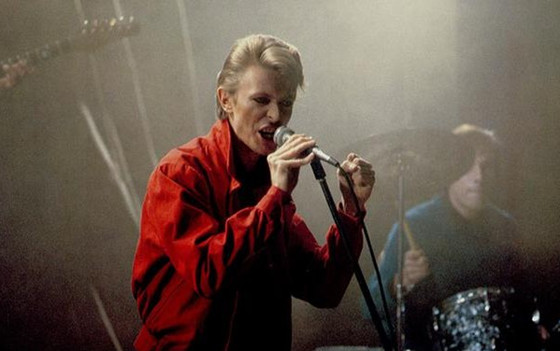
Released in 1981 to great controversy and an even greater cult status and acclaim that it still retains today, still Christiane F has inexplicably gone unnoticed to the masses. Its raw depiction of young teens addicted to heroin and resorting to prostitution and degradation, was greeted with great shock and some disgust by audiences. But it also shed light on the youth drug epidemic that was spreading through Berlin and beyond.
With the participation of David Bowie, who contributed several of his own songs recorded during his “Berlin period”, and performing in an electrifying concert sequence where he sings Station to Station, his presence punctuates the film like a beacon of hope and happiness that is quickly being lost by the characters.
Director Uli Edel never exploits his young actors – most of which were not trained professionals or even of legal age when the film was shot – and yet he also never glosses over the harsh reality that the content demands, and ultimately stays true to the reality of it.
Needles puncture veins and bruise arms, bloody syringes are cleaned in toilet bowls, awful sex acts are both implied and performed, but Edel knows exactly when to draw the line, and the lingering impact is both skin crawling and unforgettably haunting.
Adapted from a memoir based on the real Christiane F’s frightening teenage years, the film never crosses into “After School Special” cliches and histrionics. The intentionally drab and gritty camera work mirrors the lack of color in the characters lives, though is still ironically beautiful at times and intensely immediate, and lend to the harsh atmosphere.
Especially in a sequence where Christiane and her friends run through the halls and streets of Berlin, while Bowie’s classic, Heroes , blasts over the soundtrack. For anyone who is a fan of junkie cinema, like Requiem For A Dream, Trainspotting, Heaven Knows What, and The Panic In Needle Park, Christiane F should not go unseen. It’s a classic of the sub-genre.
5. Angst (Dir. Uli Edel, 1983)
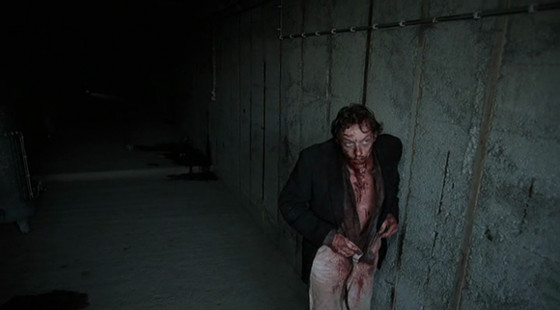
The premise to Angst is simple but savage. A serial killer is released from prison, and quickly goes on the hunt for his next victims, driven by his urge to see the fear in their eyes. What follows is a deeply disturbing dive into the psychological abyss of a murderer known simply as K., The Psychopath.
At once ghastly and hypnotic, Angst deserves to be held in the same regard as other serial killer classics like Silence of the Lambs, Man Bites Dog, The House That Jack Built, Spoorloos, and Henry: Portrait of a Serial Killer. With its innovative cinematography and editing by the great Zbigniew Rybczynski; the camera constantly hovering over and detailing the terrible acts like some otherworldly observer, director Gerald Kargl is fearless in his depiction of K.’s murderous rampage.
It’s no surprise that it was widely banned upon release back in 1983, as the film still holds the power to shock and disturb, and was very much ahead of its time both in content and execution. Its impact would later go on to be heavily influential to future filmmakers, primarily Gaspar Noe, who has stated this as one of his very favorite films. Erwin Leder is flawlessly maniacal as The Psychopath, his endless narration further pulling us into his deranged worldview.
For those who can stomach it, Angst is an unforgettable and uncompromising experience. Grueling at times, but crafted and performed so impressively that it is impossible to dismiss. In the case of Angst, murder has never been so confronting and ultimately mesmerizing. Recently re-released and remastered, any fan of this genre must seek this one out as soon as possible.